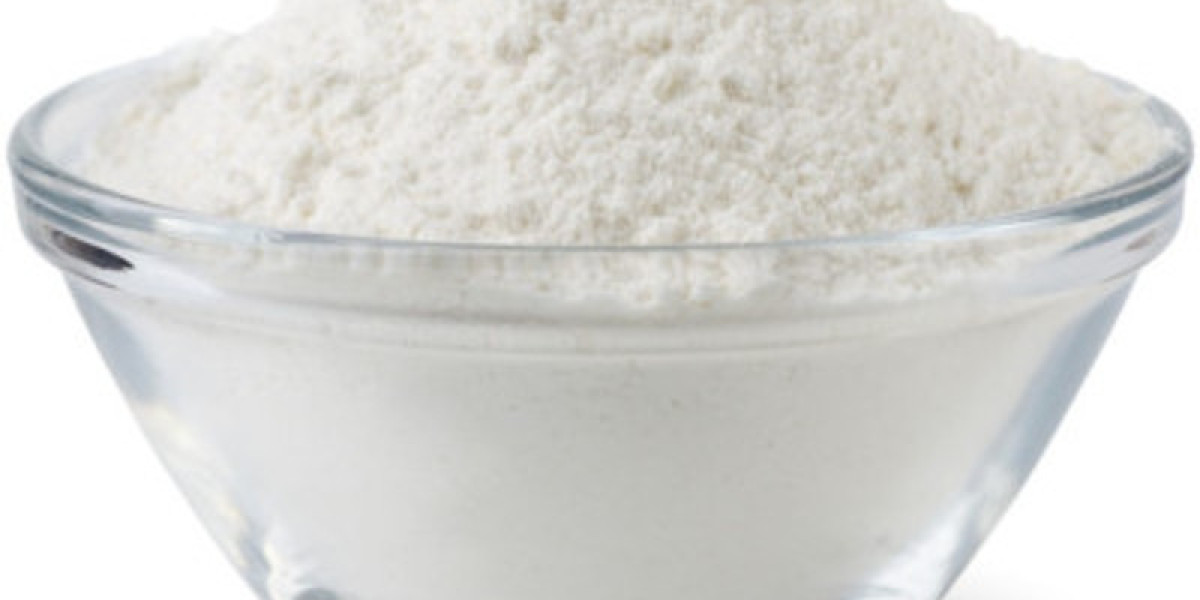Water treatment chemical manufacturers are driving sustainability through various means, such as developing innovative products, optimizing production processes, and promoting sustainable practices throughout the value chain. Here are some specific ways:
- Developing Environmentally-Friendly Products
- Using Renewable Raw Materials: Manufacturers like Kemira are increasingly turning to renewable raw materials in their product development. In 2021, Kemira launched full-scale production of a water-soluble polymer made using renewable feedstock. Their biomass-balanced polymer portfolio now includes around 100 products covering all core water treatment applications, such as industrial and municipal wastewater treatment, sludge treatment, and drinking water treatment. This not only reduces the reliance on fossil-based resources but also helps in lowering carbon emissions.
- Creating High-Performance and Low-Impact Chemicals: SNF, a global leader in manufacturing water-soluble polymers, has developed a range of more than 1,000 products that help preserve natural resources, encourage recycling, and improve industrial process efficiencies. Their polymers have functionalities like flocculation, coagulation, rheology modification, and friction reduction, which can effectively treat and recycle water while minimizing water consumption.
- Innovating in Production Processes
- Enhancing Energy Efficiency: water treatment chemical manufacturers are implementing energy-efficient technologies in their production facilities. For example, some companies are using advanced process control systems to optimize the use of energy in manufacturing processes, reducing overall energy consumption and greenhouse gas emissions.
- Reducing Water Usage: Many manufacturers are also focused on reducing their own water consumption during production. They are implementing water-saving measures such as recycling and reusing process water, using more efficient cooling systems, and optimizing production steps to minimize water waste.
- Promoting Sustainable Practices in the Value Chain
- Collaborating with Customers: Manufacturers are working closely with their customers to help them achieve their sustainability goals. Chemtreat, for instance, offers advanced water treatment options, programs to reduce water, chemical, and energy usage, and monitoring and reporting tools to track sustainability metrics and measure water reuse initiatives. They assist customers in quantifying water-related risks, setting targets, taking action, and tracking performance.
- Supply Chain Management: Ensuring a sustainable supply chain is another important aspect. Manufacturers are sourcing raw materials from sustainable sources, working with suppliers who adhere to environmental and social standards, and promoting sustainable practices throughout the supply chain. For example, Shandong Shangyuan Future Water Group selects core raw materials from high-quality suppliers globally and ensures full-cycle quality traceability from raw materials to finished products.
- Meeting Regulatory and Social Expectations
- Compliance with Regulations: As environmental regulations related to water treatment become stricter, manufacturers are ensuring compliance with these regulations. This includes reducing the discharge of hazardous chemicals, meeting limits on water pollution, and adhering to standards for product safety and environmental impact.
- Engaging with Stakeholders: Water treatment chemical manufacturers are also engaging with various stakeholders, including local communities, environmental groups, and investors, to address concerns about their environmental and social impact. They are transparent about their sustainability efforts, communicate their goals and progress, and seek to build trust and support for their sustainable development initiatives.








